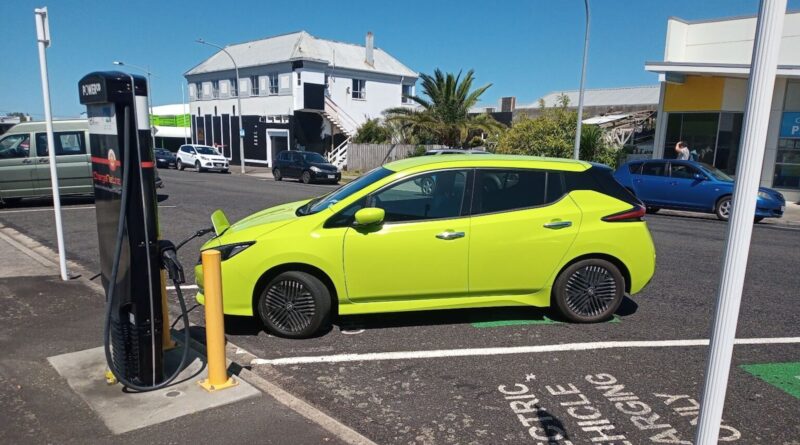Real-Life Stories of Driving an EV in New Zealand

It’s good to have a look around sometimes and see what is happening in other countries. After reviewing the sales statistics provided by James at EVDB, I thought to reach out to New Zealand EV drivers and get their thoughts on driving in the land of the long white cloud. After a little hesitation, they graciously shared their stories with me.
One reader was a little wary — some Facebook groups have been infiltrated by journalists looking for negative stories to bash EVs. He asked if I owned an EV and was reassured by the group that I did and if I had a bias, it was definitely pro EV. He was then happy to help, informing me that he has a 2017 Nissan Leaf. It pays to be careful on social media. Another was pleased that I was reporting on developments in Australia and New Zealand. “Hey David, just wanted to say I enjoy your articles on Cleantechnica. Nice to have a down under perspective.”
New Zealand imports a lot of used Nissan Leafs, consequently a lot of the comments were about those.
“Nissan Leafs were a trail blazer for sure. We’ve had ours for over 5 years now, still love driving it. And they’re still popular as a shopping cart for many. The EV market wouldn’t be where it is without them, IMHO. There still could be a market for cheap battery pack replacements I reckon. Even if it is a 24kWh pack that gives back the original, new range.”
“We imported a 24kw Nissan Leaf in 2012 with the help of a friend, before you could buy them here, & before there was any charging infrastructure – & drove it (slow charging) around the country.”
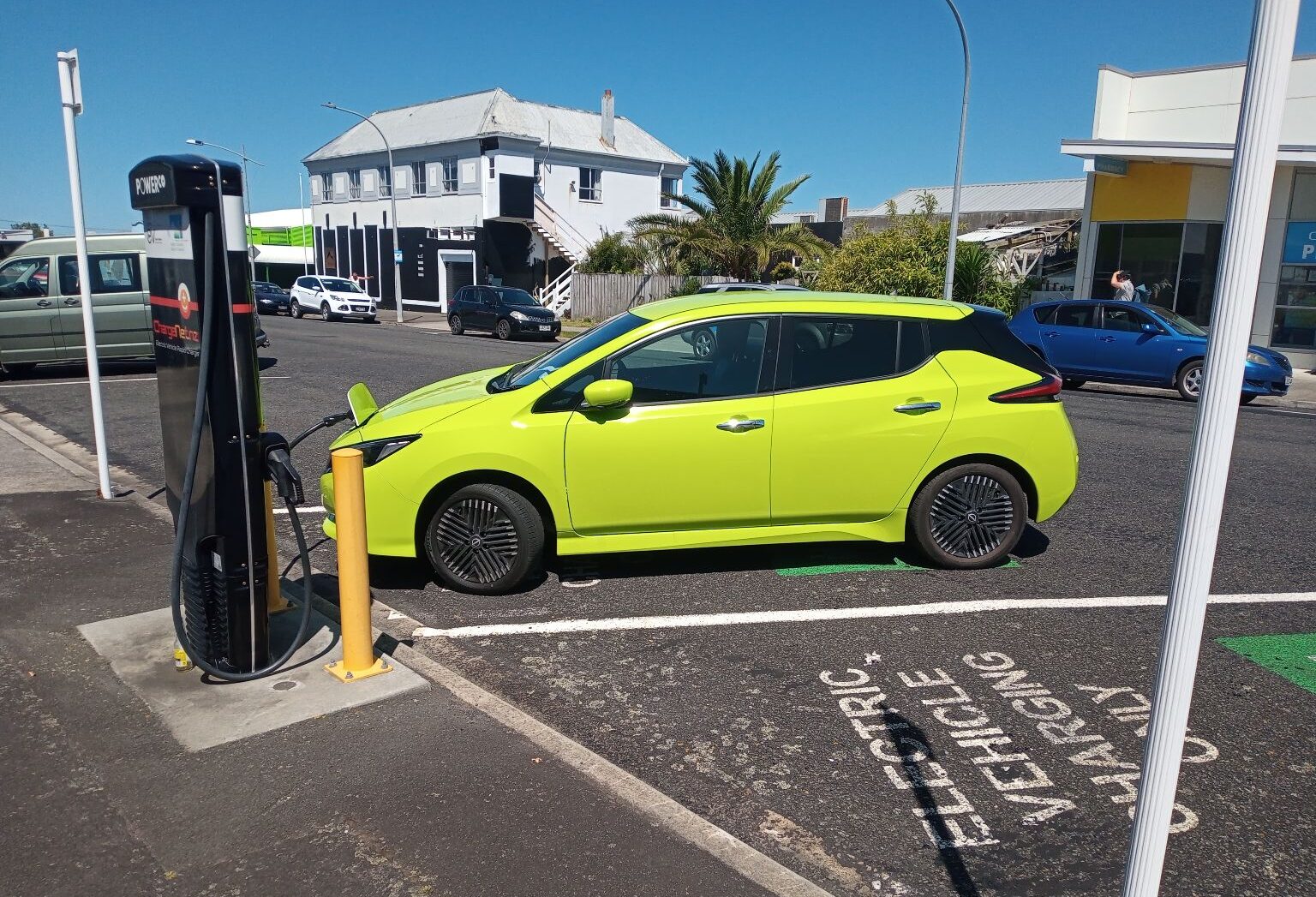
“We had a leaf for 6 years but needed to keep an ICE vehicle for towing our caravan. Last month we finally replaced the ICE with a used Polestar 2 – long range RWD. Yay! We will definitely get over Lewis Pass with the caravan no problem, assuming 1/2 range when towing (Lewis pass is one of NZ’s routes with limited charge options). Recently drove from Picton to Moeraki in a day without caravan (620km). Went like a dream. Only needed to charge once but did a couple of top ups because we were stopping for refreshments/swapping drivers every two hours anyway. There was absolutely no problem finding charges (but was not a holiday time or weekend). I’m  looking forward to hitching up the caravan soon.
“And a historical perspective: A few years ago, driving around New Zealand required detailed planning, heavy use of ABRP (A Better Route Planner), and a good chance the charger was available when you wanted it. There were heady tales of EV’s milking the range to its absolute max, and getting the turtle got a nod from fellow drivers. Fast forward to now, it’s just jump in and drive. The car goes further than I physically can drive while various businesses are dumping good amounts of money setting up chargers.
“Is it perfect? No. But it’s not shit by any stretch of the imagination.”
“We toured the South Island from Auckland over the summer holidays in our Model Y. Three adults plus luggage. We covered over 4,000 kms including long drives such as Nelson to Hokitika, Franz Josef to Wanaka, Queenstown to Lake Tekapo, Christchurch to Blenheim. Charging was a breeze using Tesla, ChargeNet, Z and BP. Also charged at Airbnb and motels with prior approval. It was a wonderful trip. Spent $248 in charging. My son did a similar at the same time and spent over $1000 on diesel.”
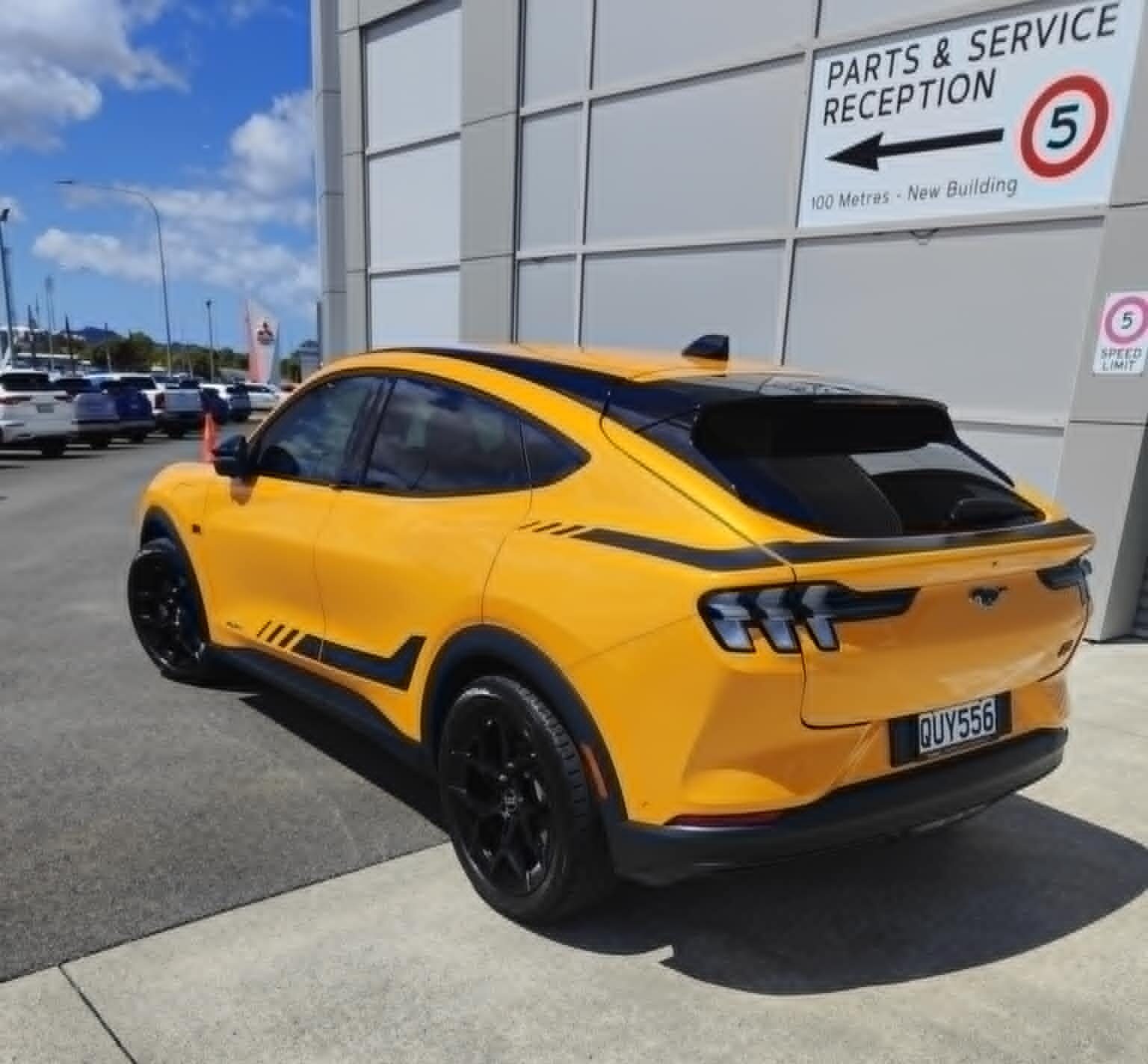
“Around 10 years ago I was angry that my Kiwisaver fund was being traded as a commodity and was ‘owned’ by one bank or insurance company after another and my annual interest return was ****% so… I cashed in and put 8 solar panels on the roof. Then I had to buy a battery storage as too much power was being wasted. Then I had to buy 12 more panels to fill the battery. Then I had to figure out how to use more power…..EV time!
“In Feb 2020 my husband and I bought our 2018 Hyundai Ioniq. An amazing car! I still think they are great value and economical. We needed to change as it was too small and low to accommodate mobility challenges so had to upgrade. Last year we bought a 2023 Mustang Mach E and love it. People stop and stare as we cruise past and I can’t resist doing an eye catching take off at the lights if I get a chance.
“The frunk/froot is my space. My husband can put his tools and toys in the rear one.”

“First part of our journey was to install of 5 kw solar system 3 years ago. We decided not to buy a battery as we planned to buy one with wheels and use the excess solar to charge the eventual car. We splashed the cash a year later and bought a Tesla Model Y performance. We had a New Zealand made EVnex charger installed in the home at the same time.
“The Tesla has been a revelation. It effortlessly tows our 6 meter boat, completes all family tasks efficiently and goes like the clappers on the odd hoon around the backroads.
“Using excess solar for 75% of its charging needs it costs under $180 a year to fuel. On a road trip we find the availability of superchargers better than we initially expected. The car has been totally reliable in the 2 years of ownership. My only complaint would be excessive cabin noise.
“Owning an EV is a learning experience. It takes time to get past all the negative BS that does the rounds. The biggest issue is getting your head around daily range, instead of the fill her up and drain to empty as per ICE cars. We typically charge our car to 60% every day for local trips. We wind this up to 70% for a 200km day. We try keep the battery in the middle of its percentages to prolong its life – NMC chemistry.
“I can’t see a reason to consider an ICE car in the future as a daily driver unless it competes with the EV. The ICE car would have to be…tailpipe emissions free, around 500 bhp; have the extra functionality and storage of an EV; fully fuel overnight for under $200 per annum; with a 8 year drive train warranty; and no scheduled service requirements.
“Just not seeing that as a possibility.”
“We’ve had a few Hybrid cars over the years. First Prius I bought was in 2013. It was a brilliant car, great fuel economy and returned about 20km/l constantly. Then I bought another in 2019. Same thing. Really economical and was so happy with the reliability & fuel economy.
“My partner and I bought a house in 2023 and that is where the penny really dropped. We were on a mission to reduce costs and set ourselves up for future gains. We bought a 2018 Hyundai Ioniq with almost nothing on the odometer. I have been a ‘greenie’ almost all my life. I grew up in South Africa where my grandparents had solar back in the 80’s already. I have always been fascinated by solar panels, batteries, inverters – Technology in general. South Africa’s power issues have forced a lot of people to install solar at home and at businesses out of necessity.
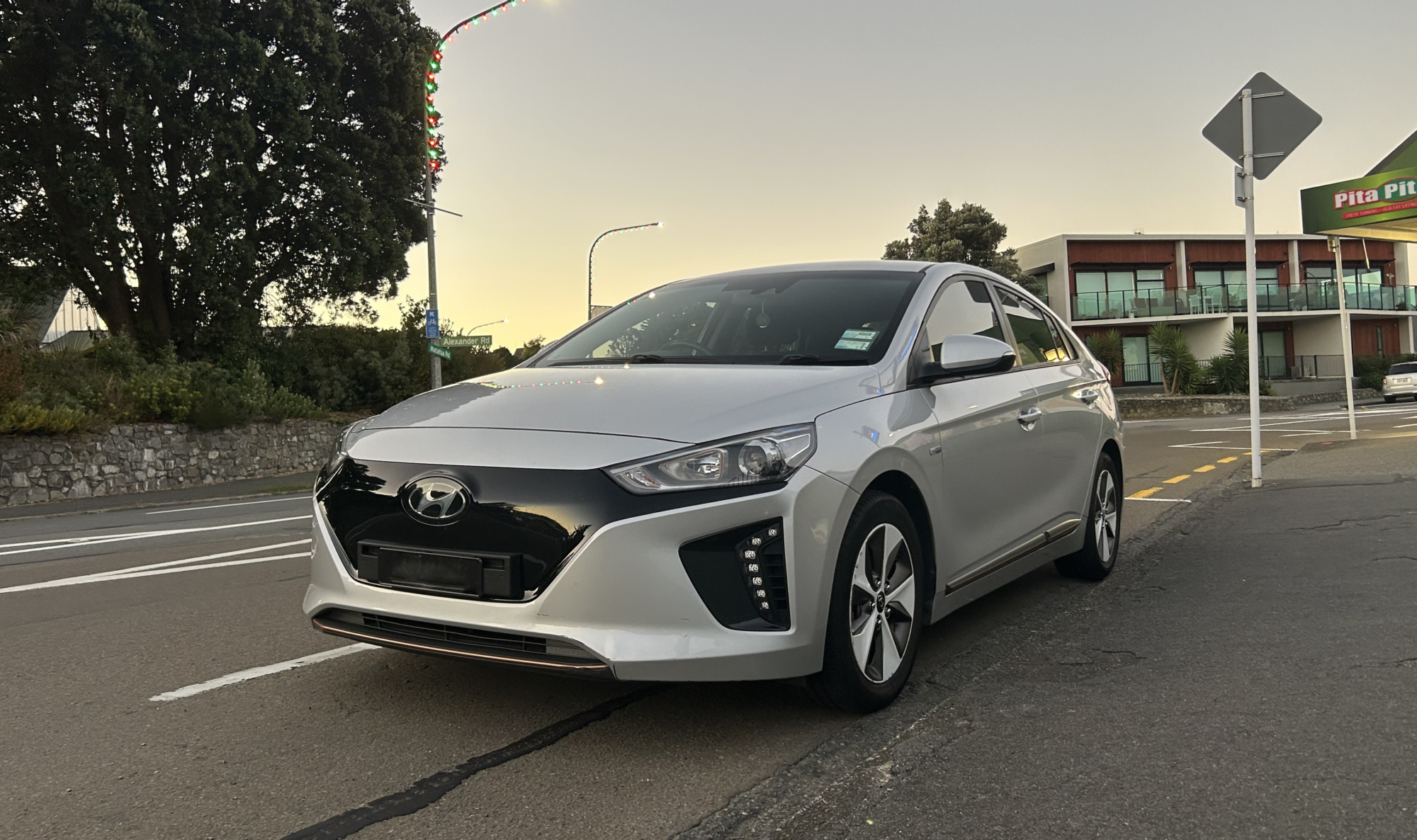
“When we crunched the numbers on owning and running an EV, we were both a little shocked. Not only would we save on the ‘fuel’ powering the car, we would also be able to jump onto a power plan that would reduce our night time tariff – saving us hundreds of Dollars a year. It ended up being so close to break even (the cost of the loan vs. savings in fuel and overall power bill) that we decided to jump and buy an EV. I have been following Youtubers like Robert Llewellyn from Fully Charged since I was a teenager. I’ve been following EVs since Tesla started out in 2005/2006 with their Roadster. I test drove the first Leaf the moment I had an opportunity in 2012 at the Johannesburg International Motor Show. I have spent hours looking into battery chemistries, SoH over time etc. etc. By the time we were able to buy an EV, I had so much accumulated knowledge that it was so easy figuring out what to go for and what to look for.
“The reason for buying the Ioniq was the fact that they tend to be reliable and keep their batteries very healthy for very long. The $23,000 price tag also helped, let’s be honest. Here we could have a vehicle that cost less to buy than a Leaf, with a battery that was still at 100% SoH. Comparable Leafs (KM travelled and age) cost another $2-3k more and the batteries were already showing degradation with total SoH remaining between 80% – 88%. A real no-brainer.
“When we bought the Ioniq in July of 2023 and had to drive up to Auckland from Wellington to pick it up (I say ‘had’, we could have loaded it onto a truck, but who doesn’t want to drive a new car back home??). I had no range anxiety for most of the trip. The 200-ish-kilometers it can do on a charge did not phase me. I knew from looking on the ARBP (A Better Route Planner) App that we would easily get to a charger if needed. The only stretch of road that really made me panic was the Desert Road on the way back down. We charged up to 90% at Turangi and headed off. The steep inclines, the cold (I think it went down to minus 2 degrees at one stage) and the use of the heater, DRAINED that battery so quickly. The guess-o-meter was showing 170-ish-kilometers of range after charging at Turangi, the GPS was saying the next charger was only 65 km away.”

“‘That should leave us with plenty to spare’ – I thought….
“By the time we got to Waiouru there was only 40 km to left – yikes. The range dropped pretty quickly. But all was good. We did not get stranded. Had a quick top-up in Waiouru and off we went again.

“In January of this year, we had a 5 kW solar system installed. 6.6 kW of Solar Panels, 5 kW Inverter and 6.4 kWh of battery storage. Now most of our charging is done during the day as we don’t typically need to use the car to commute to work and back. We’ve seen a massive drop in monthly power bills. It’s been the best investment so far. Our bill in summer went from roughly $200 a month to our power company owing us about $40.
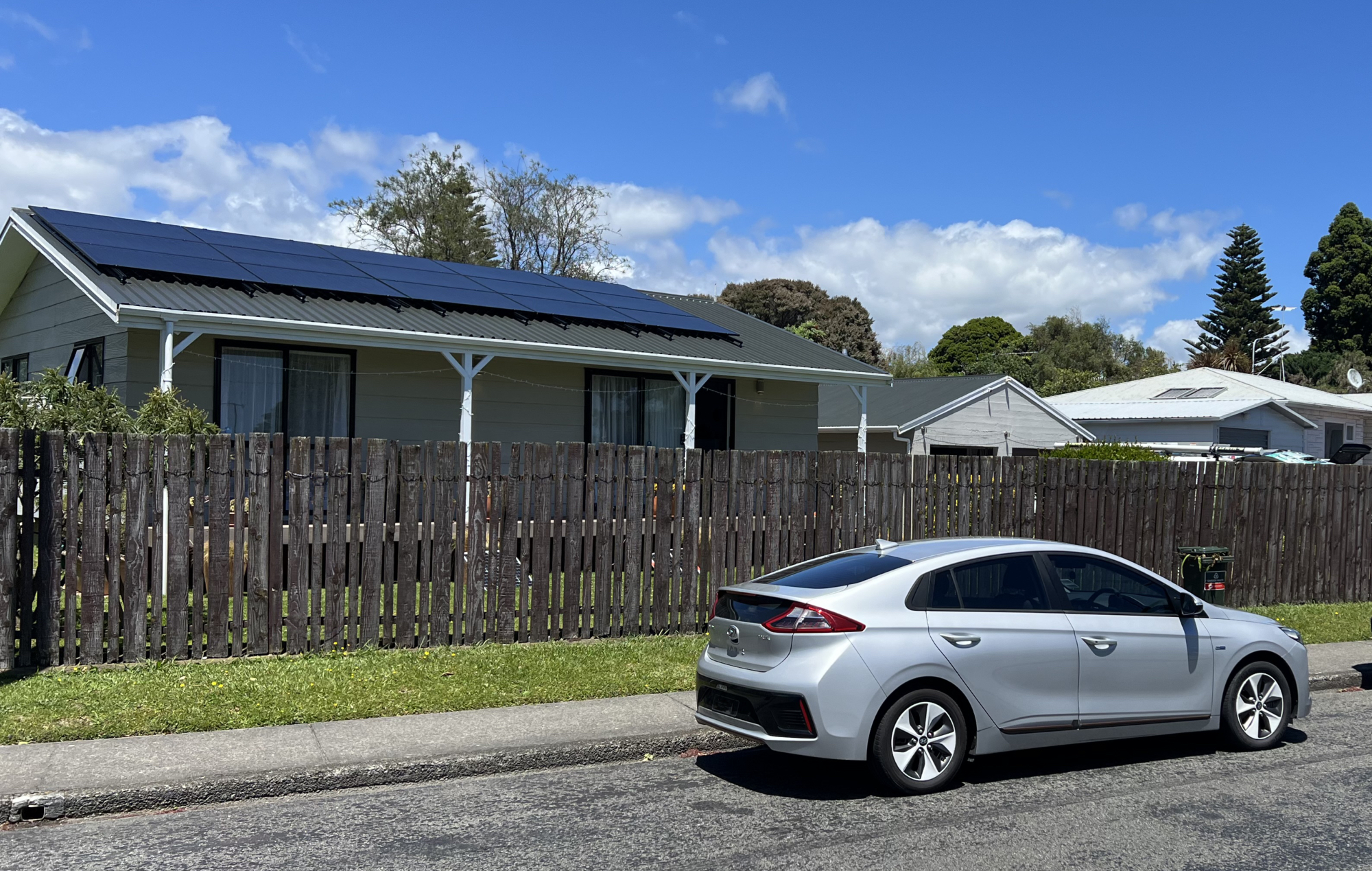
“Overall our experience has been great. We love owning an EV. We love being able to charge it off the sun (mostly). It is a great vehicle to drive, lots of grunt. Really reliable too. Guess-o-meter is pretty accurate and sometimes you get more out than what it estimates.
“New Zealand’s public charging infrastructure is good, all things considered. Yes, we need more chargers, yes they could cost less, but you CAN do a long road journey – even with a smaller battery and limited range.”
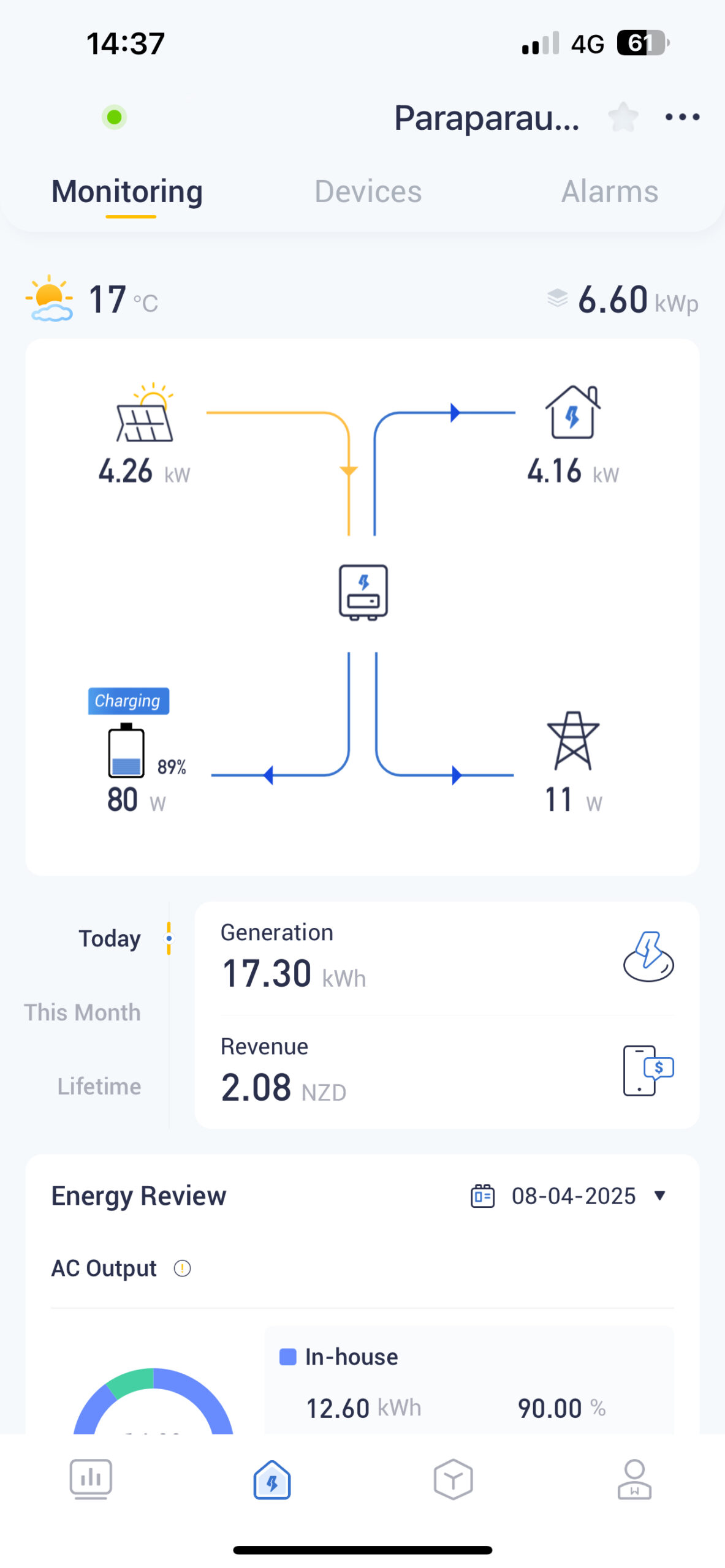
 Whether you have solar power or not, please complete our latest solar power survey.
Whether you have solar power or not, please complete our latest solar power survey.

Have a tip for CleanTechnica? Want to advertise? Want to suggest a guest for our CleanTech Talk podcast? Contact us here.
Sign up for our daily newsletter for 15 new cleantech stories a day. Or sign up for our weekly one if daily is too frequent.
CleanTechnica uses affiliate links. See our policy here.
CleanTechnica's Comment Policy

